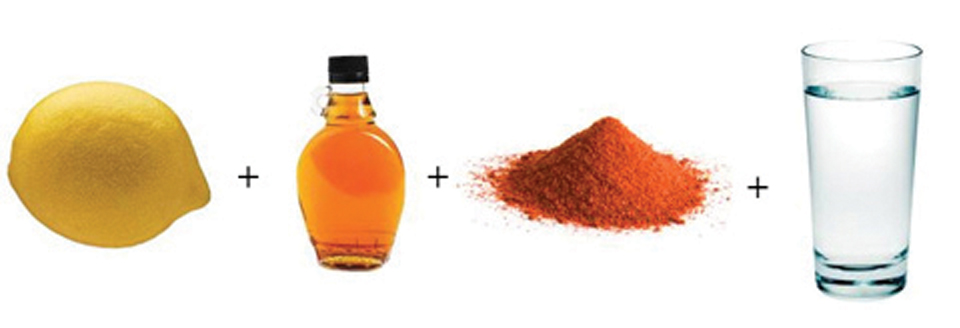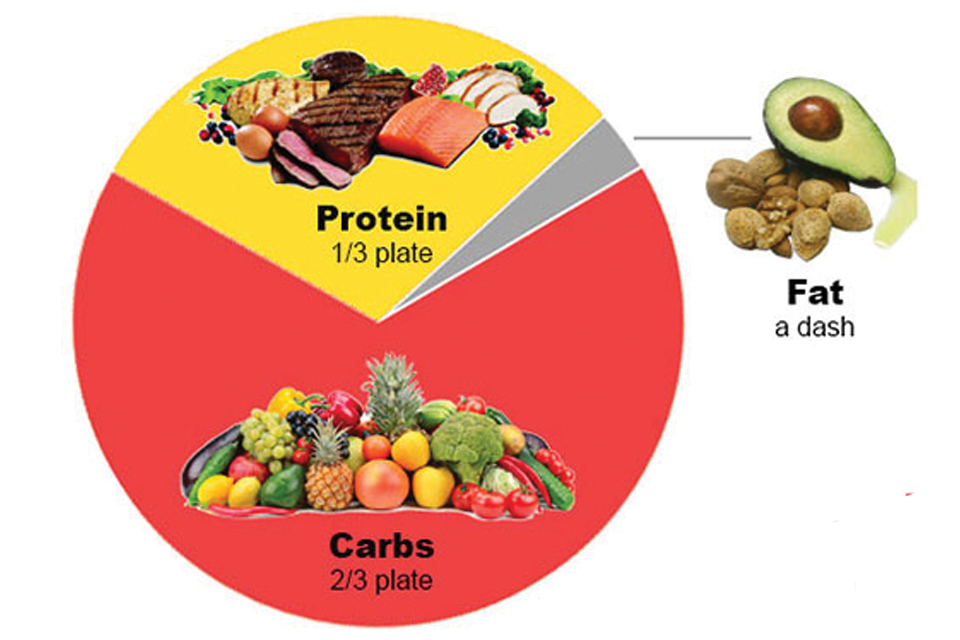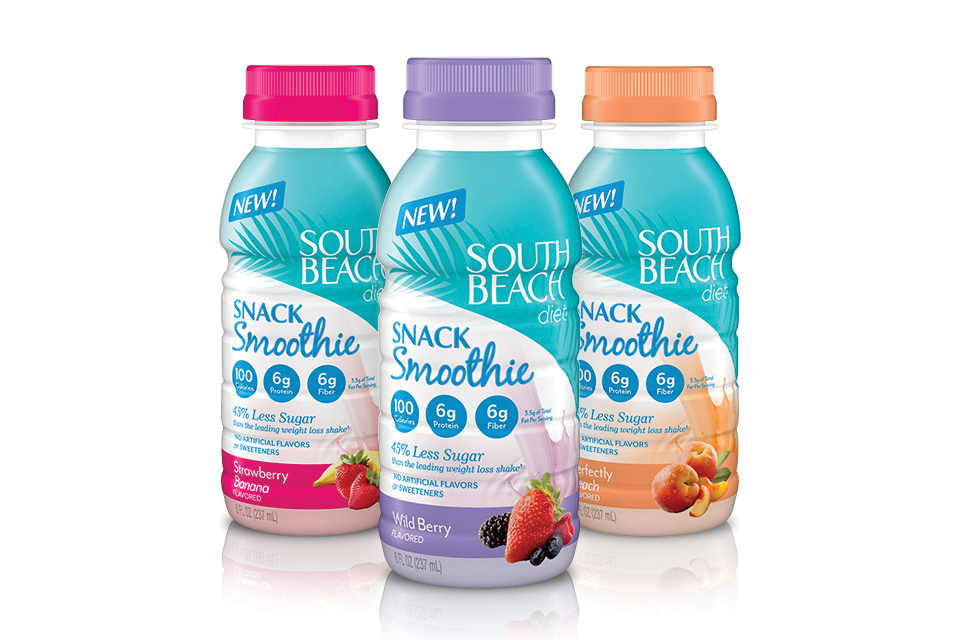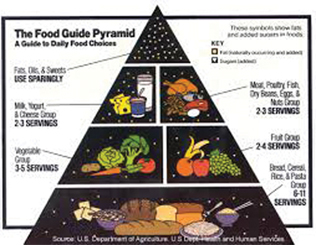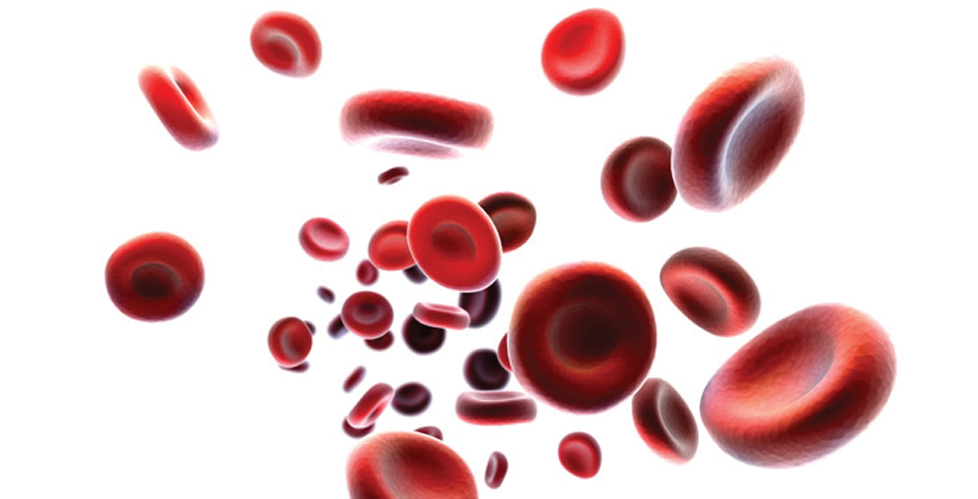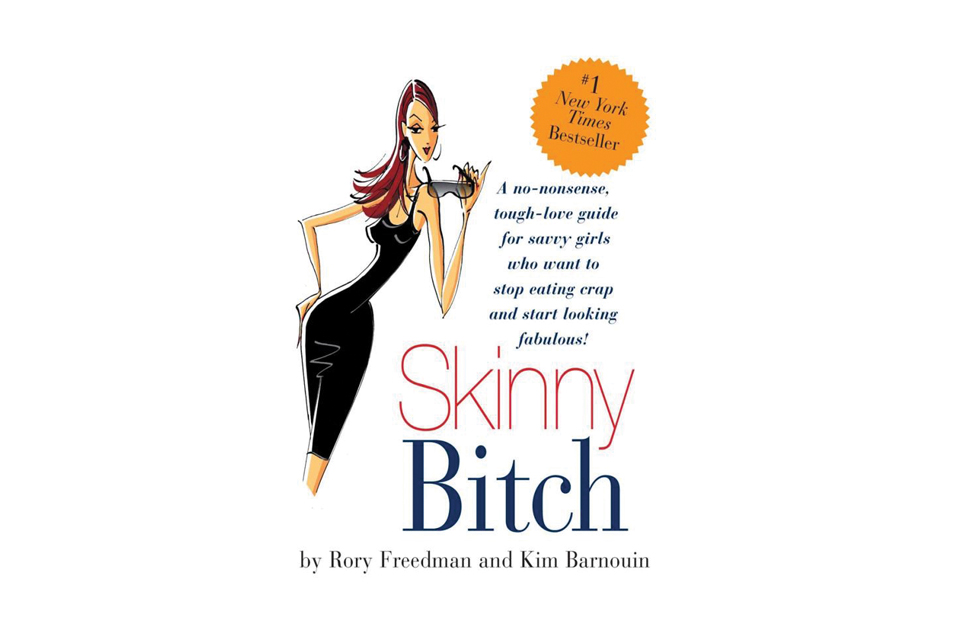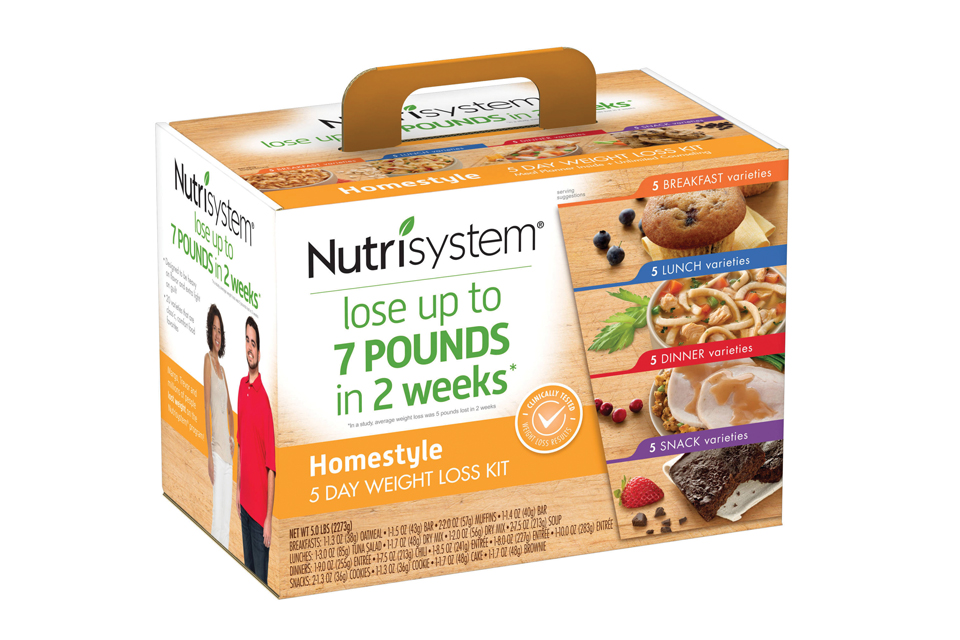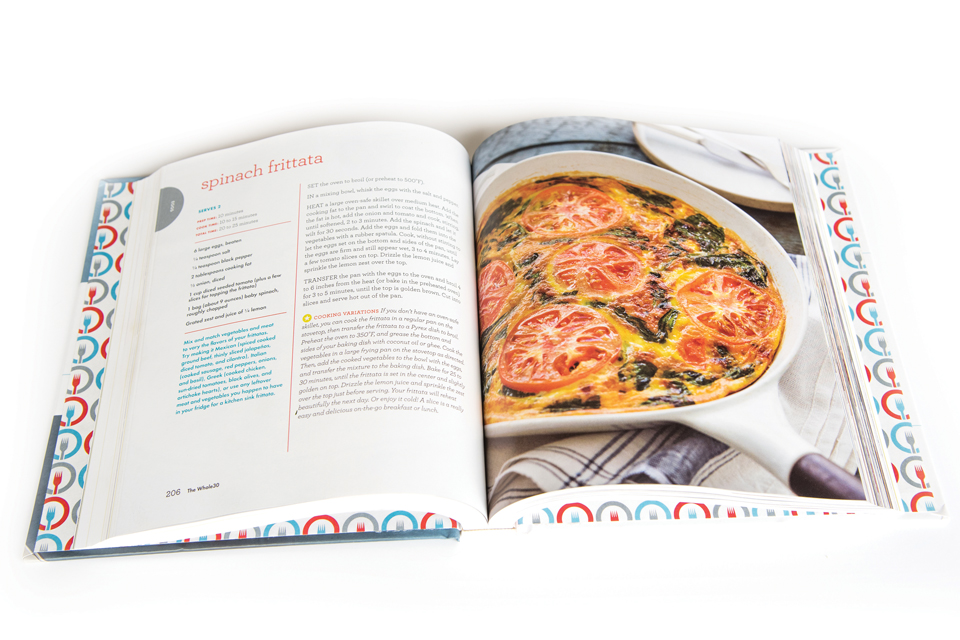Diet Timeline
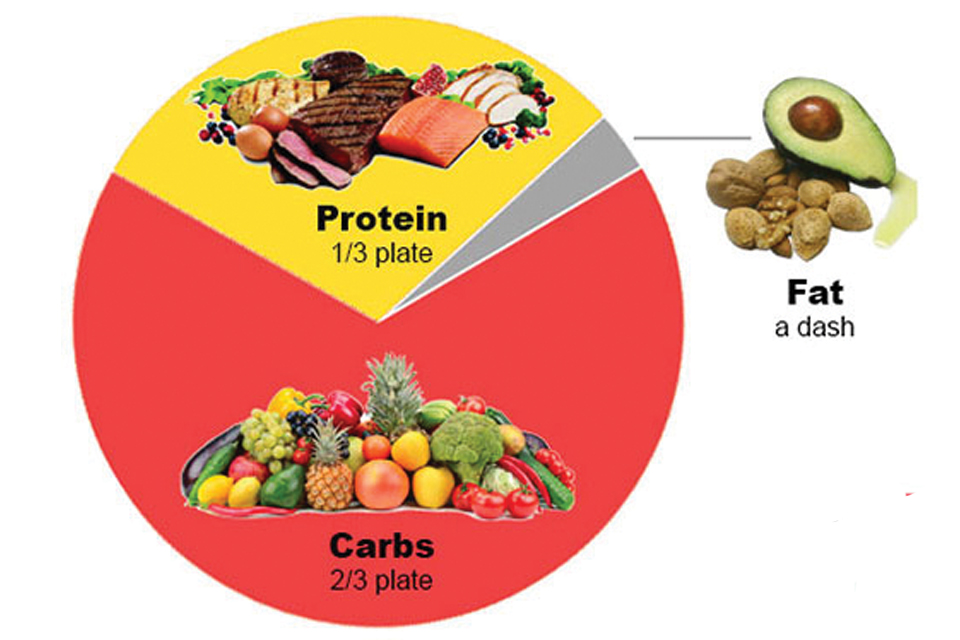
2,000,000 years ago
hunting and gathering
12,000 years ago
first agriculture revolution (Neolithic)
Keep reading for more diet trends of the past!
First Diet Book (1560)
Luigi Comaro was committed to the practices of a minimal diet, which is seen in his book La Vita Sobra, translated to English as The Sober Life. In his book, Comaro preaches that human life may be best lived when cutting out alcoholic beverages, eating as little humanly possible, and eliminating rich foods from the diet.
First Tummy Tuck (1890)
The first tummy tuck was completed in 1890 by Dr. Demars and Dr. Marx in France. There are varying degrees of the tummy tuck, some procedures more extensive than others, but usually a small incision is made to excavate excess and unwanted fat from the belly.
Keep reading for more diet trends of the past!

200–250 years ago
machinery, long-distance food transport, chemical fertilizers
50–75 years ago
frozen meals, factory farming
Keep reading for more diet trends of the past!
The Master Cleanse (1940s)
Originally used to treat stomach ulcers, the Master Cleanse is one approach to flush your system and reboot digestion. The detox cleanse only permits a lemonade concoction (with maple syrup and cayenne pepper) and salt water—no food allowed.
Keep reading for more diet trends of the past!
Weight Watchers (early 1960s)
Dedicated to the health and well-being of citizens through weight management, Weight Watchers aims to be non-restrictive by simply providing the knowledge and the tools for an effective diet plan. Primarily accomplished through global group meetings that serve as motivation and support for its members, as well as a system that assigns points to foods based on their calorie and nutritional content.
Keep reading for more diet trends of the past!
Atkins (early 1970s)
Opposing the practices of veganism and vegetarianism entirely, the Atkins diet promotes a diet high in protein and healthy fats, and holds a strict restriction of carbohydrate intake. Atkins is mainly upheld by the general public, since its lack of long-term research prevents it from obtaining any medical recognition.
Keep reading for more diet trends of the past!
Zone Diet (1970s)
A diet plan primarily focused on individual calorie consumption, where men are usually allotted 1,500 calories in a day’s time, and women only 1,200. The diet encourages three square meals that come together to comprise 40 percent carbs, 30 percent healthy fat, and 30 percent lean protein within a day.
Keep reading for more diet trends of the past!
20–40 years ago
GMO’s/processed foods
Keep reading for more diet trends of the past!
Jenny Craig (1983)
The weight loss philosophies and practices of Sid and Jenny Craig still exist today in the U.S. as well as countries around the world. Similar to employing a personal trainer, the Jenny Craig weight loss program involves having a dedicated consultant to create diet plans and motivate members along the process. With a preplanned menu of foods, everything is well-portioned and nutritional value is carefully calculated.
Keep reading for more diet trends of the past!
South beach diet (1990s)
Developed by south Florida based cardiologist, Dr. Arthur Agatston, the diet is divided into a series of phases that consist of nutrient rich carbohydrates, unsaturated fats, and lean proteins. Similar to the Atkins diet, South Beach focuses on the strict restriction of unhealthy carbs, which is primarily seen within the first, and most intense phase of the diet plan.
Keep reading for more diet trends of the past!
Food Pyramid (1992)
The Food Pyramid is a tool that humans have trusted for centuries to provide a foundation for healthy living and for adequate nutrition. In 2011, the Food Pyramid was retired and replaced by the Obama administration’s new food initiative: MyPlate.
Keep reading for more diet trends of the past!
Blood Type Diet (1997)
Based on the book written by Dr. Peter J. D’Amano, the concept of the blood type diet is based on scientific evidence that long examines the way certain blood types respond to certain kinds of food. The premise also factors in evolution and ancestral locations. Knowing your blood type may give insight as to what is the optimal diet plan and workout regimen, since different types contain varying levels of chemicals are largely responsible for digestion and metabolism.
Keep reading for more diet trends of the past!
Super-Size Me (2004)
Documentarian Morgan Spurlock conducts an unscientific experiment where he consumes McDonald's fast food three times a day, for 30 days. The fast food industry received a massive hit after such recognition, as Spurlock was left debilitated physically and mentally at the close of the 30 days. Six weeks after the debut, McDonald’s dropped the supersize portions.
Keep reading for more diet trends of the past!
Skinny Bitch Book (2005)
The Skinny Bitch book targeted young women who wanted a no-nonsense, tough love delivery of how to make a lifestyle change. The book propagates a vegan diet based on ethical and health reasons. The diet also encourages the practice of different cleanses, including one that suggests you “can lose 5 to 20 pounds in seven days with no hunger or crazy exercise.”
Keep reading for more diet trends of the past!
Nutrisystem (TV: 2001 Stores: 2009)
Nutrisystem claims to provide its customers with 28 days of satisfying and sustaining meals that aid weight loss and promote better living, all through the convenience of doorstep delivery.
Keep reading for more diet trends of the past!
Whole 30 (2009)
Many have pushed the “reset” button with the the Whole30, as it eliminates all potentially harmful food groups, such as sugar, grains, dairy, alcohol and legumes, for a full 30 days. As the name so aptly depicts, the Whole30 diet is centered around consuming foods in their most natural, whole form for a 30 day cycle.
Keep reading for more diet trends of the past!
Cookie diet (2011)
Dr. Sanford Siegal launched his secret cookie creation in 1975, introducing an amino acid protein blend that is both filling and low in caloric value for dieters nationwide. The public has responded well to Siegal’s creation, as the product has recently undergone a series of modifications that make it more accessible and more effective for its customers.
Paleo Diet (2013)
It’s tough to nail down an exact time period for the contemporary paleo diet, but according to Google Trends, it saw a rapid spike in popularity around 2013. Adapted from our ancestors, who were believed to be pre-agricultural hunters and gatherers, possessed a diet that excluded cereal grains and dairy, but heavy on meat and protein intake.


